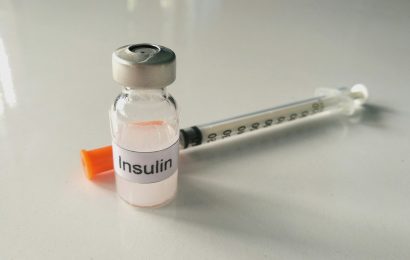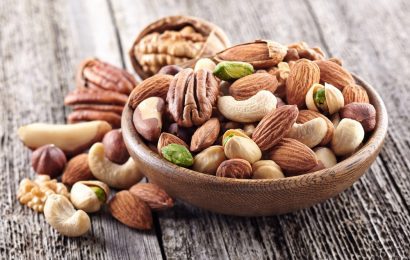Did you know regular plants — leaves and fruits — can help treat (not cure) diabetes? Studies show these plants lower blood sugar reliably in people and rodents with few side effects. Here are some to try:
Guava
Tea made from the leaves of the guava plant is one of the Foods for Specified Health Uses approved by Japan. The approval process requires studies on animals and humans, chemical analysis, and proof that the product is what it says it is. I wish the U.S. had a list like that.
An article in the journal Nutrition & Metabolism found that compounds in guava leaf tea inhibit absorption of certain types of sugar, so that levels don’t spike after meals. In one study, people drank guava tea after eating white rice. They had far less of a glucose rise than people who drank hot water.
Guava leaf seems to lower fasting sugars as well. In a study of people with Type 2 diabetes or prediabetes, those who drank guava leaf tea with every meal for 12 weeks had lower fasting blood sugar levels than before they started drinking the tea.
Guava (scientific name Psidium guajava) has been used in East Asia for diabetes possibly for centuries. Several studies from Japan found that guava leaf tea also reduces cholesterol and insulin levels in mice and rats. You can make tea out of the leaves, or buy guava tea online.
Insulin plant
Costaceae is a family of plants called by people in the Indian subcontinent “insulin plant,” because the tea appears to reliably reduces blood sugar. There are roughly 200 species of insulin plant.
The plant was brought from South America to India in the last two hundred years for ornamental use. People discovered the health benefits somehow, and it is now used in Ayurvedic medicine. Studies in rats and humans have found that Costaceae lowers blood levels of fat and sugar, acts as a diuretic, antioxidant, and antibiotic. It even seems to have anti-cancer effects. You can buy insulin plant tea online.
I have to say it was very nice of God or Nature to put such amazing plants into the world. Very generous of the plants to let us eat them. I’m glad we have the ability to study them and use them, because the list of plants for diabetes is long.
Mulberry
Mulberry is another plant found to reduce after-meal glucose spikes by up to 44%. If it works for you, that would mean if you spike to 250 after a meal, your level with mulberry would be 140.
A study from the University of Minnesota found that glucose didn’t rise as high after meals with mulberry tea, and it didn’t drop as low afterward. So you might not see much difference in HbA1c, which is like an average blood sugar. But you will probably have far less damage to blood vessels without the spikes and drops. And you will feel better.
Bitter melon
Bitter melon, a family of plants that grows in hot climates, may be the best natural diabetes medicine of all. It contains at least four compounds that control blood sugar in various ways, acting as a sort of substitute insulin. You can eat the fruit, drink tea, or take capsules made from the melon. Studies from the Philippines shows significant benefit from the capsules and, it is now approved by their government as over-the-counter diabetes medicine.
Okra
Studies from Bangladesh and Taiwan found dramatic improvement in sugar and cholesterol levels in diabetic rats fed okra. A study from China found improved kidney function in humans with diabetes who took okra extracts. Search for “okra diabetes” on Google and you will find hundreds of stories of people claiming to have gotten better on okra.
I wrote about okra in this blog entry, including instructions for preparing it that taste pretty good. One way is to cut off the tops, soak the pods in water overnight, then squeeze them into fresh water and drink it.
Blueberries
Can you believe that some tasty fruit can actually reduce blood sugar? Blueberries do. A University of Michigan study in 2009 found that rats fed blueberries had less body fat, lower triglycerides and cholesterol, and better fasting glucose levels. Researchers believe that the health benefits of blueberries are due to the “phytochemicals” that make them blue. Dark-colored plants tend to have lots of these phytochemicals that often have healing powers.
Bottom line: Eat more plants! Enjoy them. Drink the tea or take the capsules. Give thanks to them for helping you heal.





